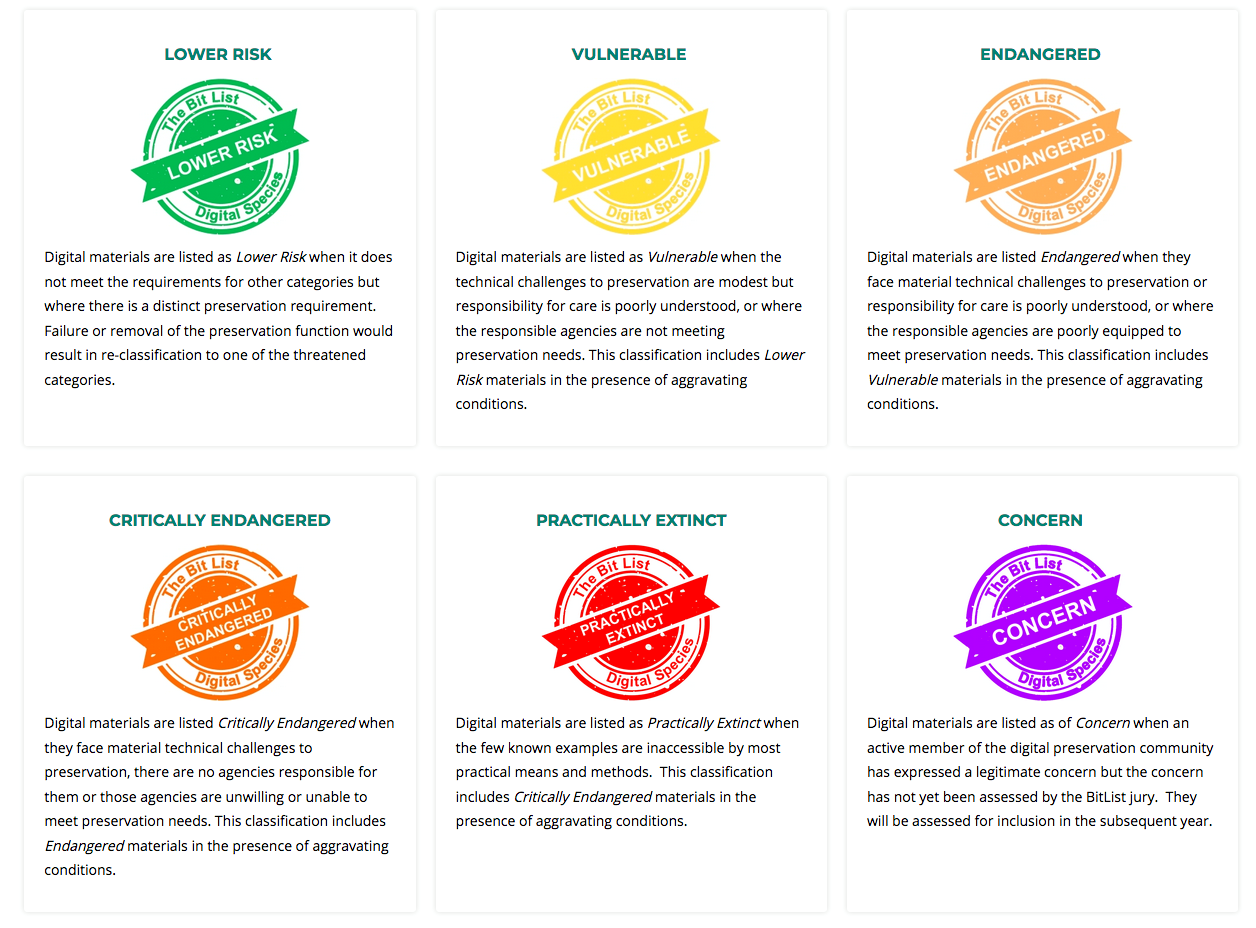Gemma Batson is a Program Manager for Web Archiving at the Internet Archive. This post recaps her experience at 'Aye Preserve - Digital Preservation in the West of Scotland' on 30 November 2017 at the University of Glasgow.
It was a beautiful St. Andrew’s Day morning as we all made our way to the University of Glasgow for the Aye Preserve event, run by the Digital Preservation Coalition (DPC). As nervous students prepared for graduation on the main campus, our digital preservation colleagues descended on the campus library to begin discussions about our industry, how to get started, and the projects at the forefront of digital preservation in West Scotland.

We began with an introduction to the DPC’s Getting Started training events, by Sharon McMeekin. These events are held by the DPC throughout the year to support institutions that may be new to digital preservation projects. Ms. McMeekin covered a lot of valuable information in her session, providing advice on all parts of the digital preservation process: from understanding your collection, to choosing appropriate tools and resources, and finally garnering support for digital preservation projects in your institution.
After this session, Ann Cameron from the Moving Image Archive at the National Library of Scotland (NLS) spoke to us about the opportunities and challenges they face in the digitisation of their UMatic analogue tapes. As part of the Grampian TV News Project, the NLS are digitising thousands of hours of UMatic tape recordings of Scottish news programmes. Problems with the storage of such large file formats, backup of these files, and funding of this project were all identified as issues faced by the NLS in the preservation of moving images in digital format. These are common problems that many organisations confront as they preserve their historical analogue content in digital form.
Ms. Cameron also discussed the importance of providing access to this collection, with the tapes being pushed out to the public in January 2018. To encourage access, the NLS are also ensuring detailed cataloguing and metadata creation for these tapes after digitisation. The strategy for this thus far has been to preserve as much content as possible, and then describe the content thoroughly through cataloguing.
As someone who works in open access and big data, it was refreshing to hear more about the importance of access to the digital files being created in these sorts of projects.
Our final speaker of the morning was Heather Jack, the Director at HJBS Ltd, who provides consultation on information and records management for both private and public organisations. Ms. Jack spoke about her decades of experience in the information field, and the effects of the digital revolution on the industry to which she has devoted her professional life. Ms. Jack discussed the nervousness and apprehension that librarians felt as digital content became prevalent, and the general tendency to ignore the problem of preserving this content. She also spoke of how the recession has affected the information management industry, with many experienced information managers leaving the field and taking their knowledge with them.
Despite these challenges, Ms. Jack detailed the many reasons we all have to be optimistic as we move forward with digital preservation. With organisations like the DPC, we are joining together to tackle our problems, share our knowledge, and learn from each other’s experiences.
As the DPC prepared for the announcement of the Digitally Endangered Species List, many of us took a tour of the University of Glasgow’s Leon Trotsky exhibit, located on the lower floor at the Library. Home videos of Trotsky’s travels in Mexico before his assassination are on display within the library, alongside digitised Russian and Glaswegian texts from this time period. The exhibit was a fascinating look into how the University of Glasgow are curating and providing access to their digital content.
And finally, we reached the announcement of the Bit List, shared by William Kilbride of the DPC. This list, generated by nominations from colleagues throughout the industry and curated by a selected jury, details what digital materials our community thinks are most at risk, as well as those which are relatively safe thanks to digital preservation. It is hoped that this list will be updated each year, with materials moving up and down depending on progresses made throughout the year. Mr. Kilbride explained that this is meant to highlight both the worries and successes of digital preservation, as solutions are found and new challenges arise.

It was an apt way to end the session, with a list of the challenges we face as a community moving forward, as well as proposed action for us all to consider. As the Aye Preserve meeting came to a close, I felt a sense of optimism was shared amongst the attendees as we move into 2018.
Image of Glasgow University re-used under the license Attribution-NonCommercial-NoDerivs 2.0 Generic (CC BY-NC-ND 2.0)










































































































































